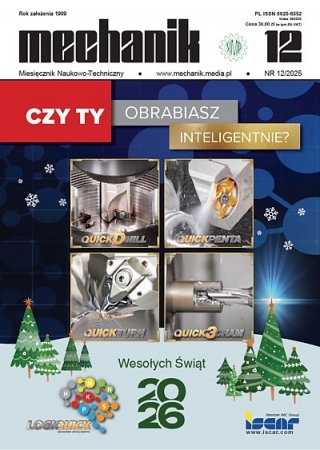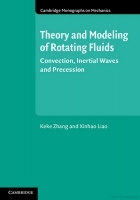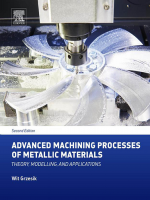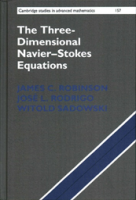Improving the topology of CAD models in the context of their susceptibility to design changes – phase of changes implementation. Part 2.
Doskonalenie topologii modeli CAD w kontekście ich podatności na zmiany konstrukcyjne – etap wprowadzania zmian. Część 2 *
Author: Grzegorz Świaczny, Marek Wyleżoł
Mechanik nr 10/2020 - CAD/CAM/CAE
ABSTRACT: The article presents the importance of effective use of CAx class systems in the design of elements made of plastic. An example of the process of creating such an element – a rear car reflex lamp – is described. The 1st part of the article (Mechanik, 8–9/2020: 53–59) was focused on showing the individual phases of preparing a 3D model of the reflex lamp. This part of the article presents modification of the model. The authors pay special attention to the role of the tree of the 3D model structure, which is a key factor influencing the project timing.
KEYWORDS: topology of CAD model, injection technology, plastics, automotive industry, CATIA v5
STRESZCZENIE: Przedstawiono wagę efektywnego wykorzystania systemów klasy CAx podczas projektowania elementów z tworzywa sztucznego. Opisano proces tworzenia takiego elementu – na przykładzie tylnego odblasku samochodowego. W części 1 artykułu (Mechanik, 8–9/2020: 53–59) zaprezentowano poszczególne fazy przygotowania modelu 3D odblasku. W części 2 zostanie opisany proces modyfikacji tego modelu. Autorzy zwracają uwagę na rolę drzewa struktury modelu 3D, będącego kluczowym czynnikiem wpływającym na czas realizacji projektu.
SŁOWA KLUCZOWE: topologia modelu CAD, technologia wtrysku, tworzywa sztuczne, przemysł samochodowy, CATIA v5
BIBLIOGRAFIA / BIBLIOGRAPHY:
[1] Świaczny G., Wyleżoł M. “Improving the topology of CADmodels in the context of their susceptibility to designchanges – model preparation stage. Part 1”. Mechanik. 8–9(2020): 53–59, DOI: https://doi.org/10.17814/mechanik.2020.8-9.16.
[2] Wełyczko A. „CATIA v5 Sztuka modelowania powierzchniowego”. Gliwice: Wydawnictwo Helion, 2010.
DOI: https://doi.org/10.17814/mechanik.2020.10.17
* Artykuł recenzowany



















